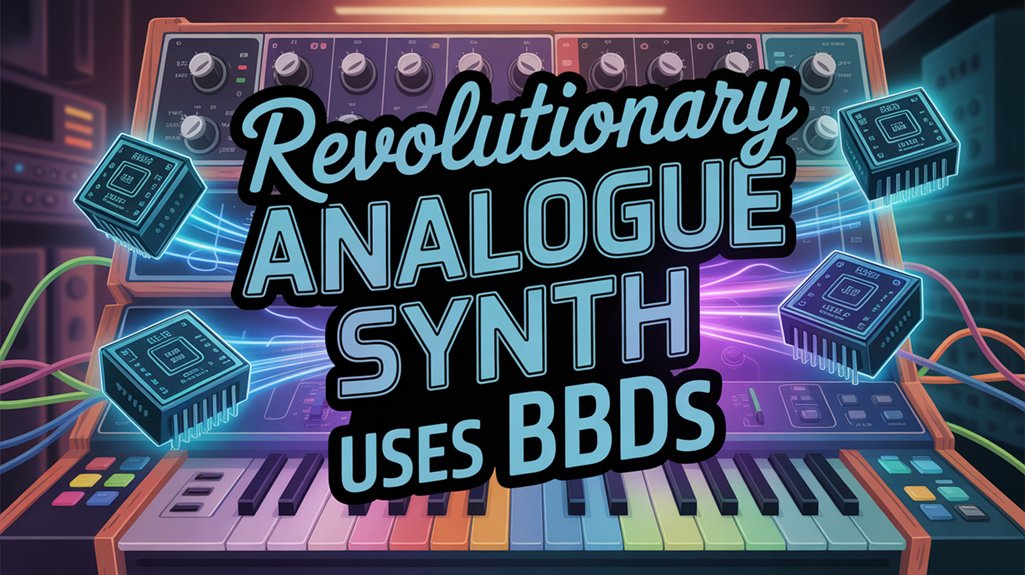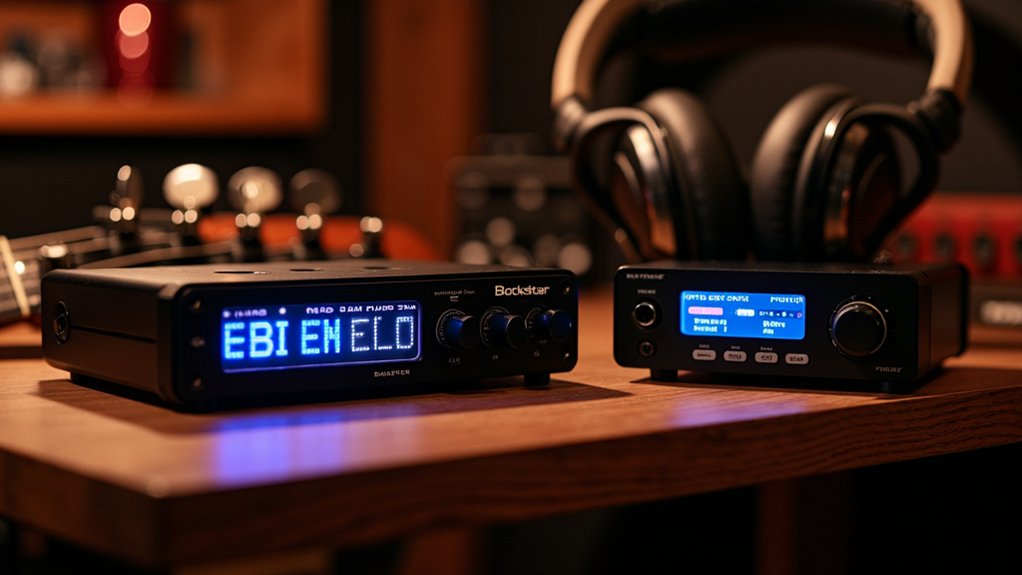While most early synthesizers were confined to playing single notes at a time, a revolutionary shift occurred in the late 1970s when a wave of innovative instruments challenged this core limitation.
The quest for true polyphonic analog synthesis represented one of the most noteworthy technical hurdles in electronic music history, requiring manufacturers to either duplicate complex circuitry for each note or develop entirely new approaches to sound generation.
Early attempts at polyphony came with considerable trade-offs. Yamaha’s GX-1, weighing over 650 pounds and introduced in the mid-1970s, achieved polyphony through voice cards but was prohibitively large and expensive for most musicians. Robert Moog’s Polymoog approached the problem differently, using divide-down oscillators paired with a Polycom chip to create articulation for each note, yet its organ-like architecture compromised the authentic analog synthesis experience many players sought. This innovative approach stemmed from the Apollo concept developed by Dr. David Luce that initially aimed for high polyphony capabilities.
Polyphony pioneers sacrificed size, cost, and authenticity in their quest to transcend monophonic limitations.
Oberheim Electronics took a more straightforward approach in 1975 by fundamentally combining multiple monophonic SEM modules into their Four Voice (FVS-1) synthesizer. This method preserved the character of true analog synthesis while allowing musicians to play up to four notes simultaneously. By 1979, they had expanded this concept to eight voices, notably advancing polyphonic performance capabilities.
The watershed moment arrived in 1978 with Sequential Circuits’ Prophet 5, which elegantly merged analog sound generation with digital control. This hybrid approach not only delivered five-voice polyphony but also introduced patch memory storage, allowing players to instantly recall complex sounds—a feature previously unimaginable in analog instruments.
The modular synthesizer technology from the 1960s-1970s, with its voltage-controlled oscillators and independent modules, provided the foundational elements that eventually enabled these polyphonic breakthroughs.
Perhaps most revolutionary were designs incorporating Bucket Brigade Device (BBD) resonators. Originally developed for delay and chorus effects, these chips enabled entirely new sonic possibilities when repurposed as resonating circuits in synthesizer design. Musicians who mastered these instruments needed to properly register their tracks with royalty collection agencies to protect their innovative compositions. As artists began distributing their synthesizer music through streaming platforms, they gained unprecedented access to global audiences hungry for electronic sound innovations.
Unlike traditional filters, BBD resonators produced uniquely warm, harmonic textures that broke free from conventional subtractive synthesis methods, creating instruments that truly broke the established rules and expanded the palette of electronic music into uncharted territory.




